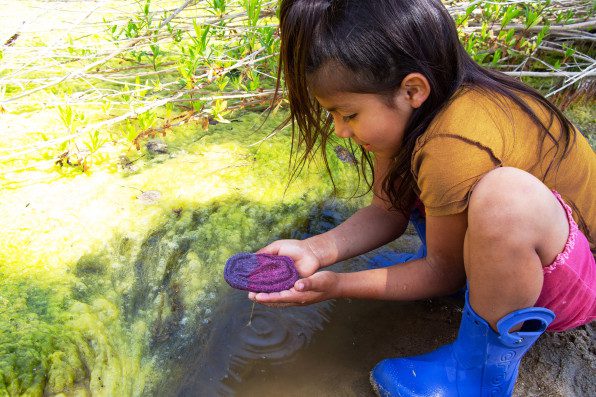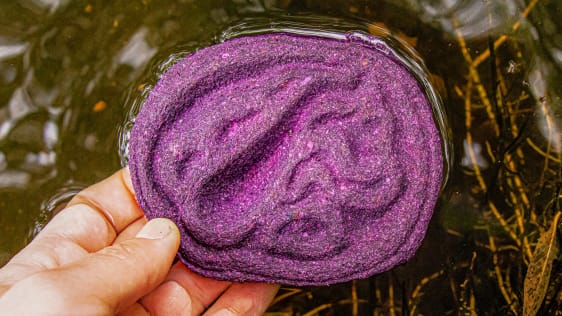Imagine dipping a piece of red cabbage into water and discovering, through color changes, whether that same water is contaminated or not. I made it simple, but actually the core of “Colores del Rio” (a revolutionary project developed by the Californian artist and designer Melissa Ortiz) and this. With a simple gesture, young people from the Salinas farming community can now become stewards of water and land, using a bio-tool created from local agricultural waste. An initiative that not only promotes citizen science, but also the art of reuse, giving new life to food waste.
Colores del Rio, “the origins”
We are used to seeing food as a source of nourishment, but who would have thought that a red cabbage could become an instrument of environmental justice? There Ortiz he saw beyond the obvious. She saw a chance.
“Colores del Rio” is a bio device that can evaluate the quality of water through the simple act of immersion. Made with local agricultural waste, the project is a small masterpiece of biodesign activism in response to local systemic issues involving the monoculture industry, the nearby Salinas River drainage basin and the affected communities. Every year there are many pesticides used in agriculture that end up in river waters, and being able to monitor the conditions of the territory is essential.

Science meets art
Using this unique tool composed of agricultural waste from red cabbage, which is cheap and widespread, the kids of the new generations can become custodians of water and land, a bit like the Amazonian communities. When you place “Colores del Rio” in a nearby body of water, you can evaluate the pH colors that emerge and assess whether there is contamination and ultimately a threat to the community.
“Colores del Rio” invites the next generation of youth leaders to actively participate in biodesign, citizen science and environmental justice, giving local food waste another life, regenerative and in solidarity with people and ecosystems.
Melissa Ortiz
A future of cabbage (in a good way) and “agricultural heroes”
The “Colores del Rio” project began in a Biodesign class at the California College of the Arts (CCA). Since then, it has evolved into a partnership with xinampa, a nonprofit in Salinas, and is now getting closer to practical, widespread use.
The future is green, and not just in the ecological sense. It's also purple, like the red cabbage that powers this innovative tool. “Colores del Rio” is not just a project to sublimate agricultural waste; it is a vision, a dream and a step towards a future where science, art and community come together to create sustainable solutions.
One cabbage at a time.


